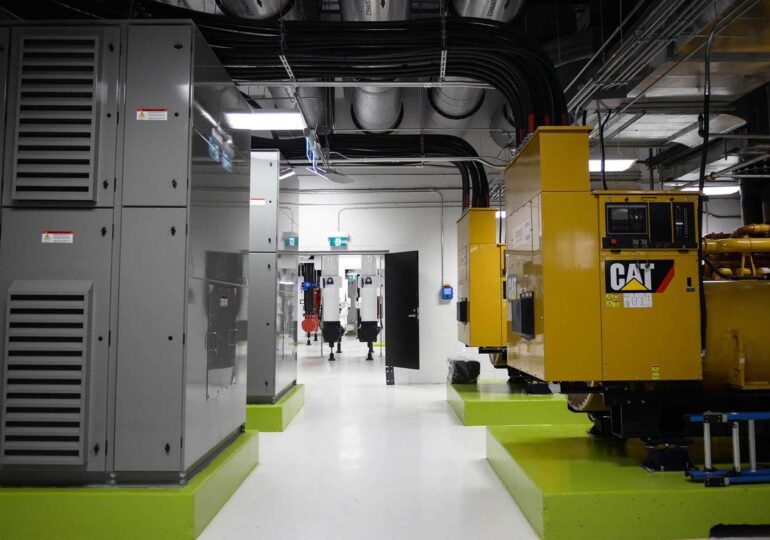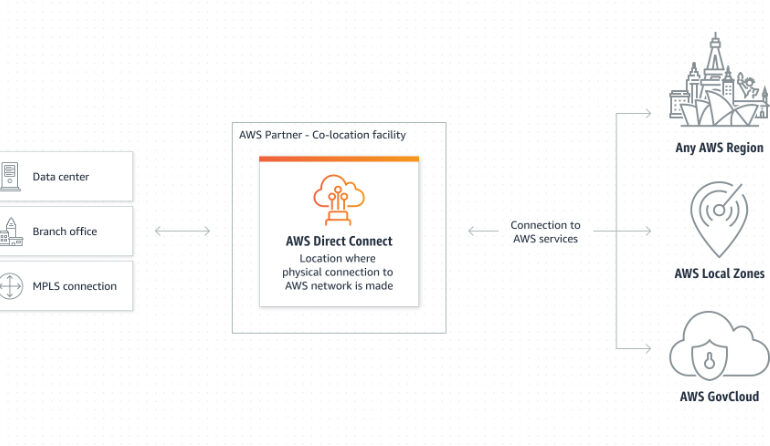The effect of slow internet speeds on Rural Communities and Businesses

In today’s fast-paced digital world, slow internet speeds can be more than just an inconvenience; they can have a significant impact on rural communities and businesses. With the increasing reliance on online connectivity for communication, education, and commerce, these communities often find themselves at a disadvantage due to limited access to high-speed internet.
In this article, we will discuss the main topics:
- The impact of slow internet speeds on businesses in rural areas
- Challenges faced by rural communities due to slow internet speeds
- Economic implications of slow internet in rural areas
- Solutions for improving internet speeds in rural communities
- Government initiatives to address the issue of slow internet in rural areas
- Case studies of successful Internet improvement projects in rural communities
- The role of businesses in advocating for better Internet infrastructure in rural areas
- How slow internet speeds affect Education and healthcare in rural communities
The impact of slow internet speeds on businesses in rural areas
Slow internet speeds can severely hinder the growth and productivity of businesses in rural areas. In an era where e-commerce and online presence are vital for success, businesses without reliable and fast internet access struggle to reach wider markets and expand their customer base. Slow internet connections can lead to difficulties in uploading product images, managing online inventory, and processing online transactions. This can result in missed opportunities, decreased revenue, and limited business growth.
Furthermore, slow internet speeds can impact communication and collaboration within businesses. Remote work, which has become increasingly prevalent, requires a stable and fast internet connection. Without it, businesses in rural areas face challenges in effectively communicating with remote employees or collaborating with clients and partners. This can hinder productivity and innovation, as businesses are unable to take full advantage of digital tools and technologies.
Challenges faced by rural communities due to slow internet speeds
Rural communities face a myriad of challenges due to slow internet speeds. One of the major issues is limited access to essential services and resources. For example, telehealth services, which have become crucial in providing remote healthcare access, are often hindered by slow internet connections. Rural residents may struggle to access telemedicine appointments, leading to delayed or inadequate healthcare.
Education is another area where slow internet speeds create obstacles for rural communities. Online learning platforms and resources have become increasingly important, especially during the COVID-19 pandemic. However, slow internet speeds can make it difficult for students in rural areas to access educational materials, participate in virtual classes, and engage in online discussions. This hampers their educational opportunities and puts them at a disadvantage compared to their urban counterparts.
Economic implications of slow internet in rural areas
The economic implications of slow internet speeds in rural areas are significant. Limited access to high-speed internet can result in decreased economic growth and reduced opportunities for innovation. Rural businesses, unable to leverage digital technologies to their full potential, struggle to compete with their urban counterparts. This leads to a lack of job opportunities and hampers the economic development of rural communities.
Moreover, slow internet speeds can deter potential investors and businesses from establishing themselves in rural areas. Without reliable internet access, businesses may be hesitant to invest in rural communities, reducing job creation and economic vitality. This further perpetuates the digital divide between urban and rural areas, exacerbating existing inequalities and hindering the overall economic progress of rural communities.
Solutions for improving internet speeds in rural communities
Addressing the issue of slow internet speeds in rural communities is crucial for their growth and development. Several solutions can help improve internet speeds in these areas:
- Investment in infrastructure: Governments and telecommunication companies should invest in expanding broadband infrastructure in rural areas. This includes laying down high-speed fibre-optic cables and installing necessary network equipment to ensure reliable and fast connectivity.
- Wireless technologies: Utilizing wireless technologies, such as satellite or fixed wireless, can help bridge the connectivity gap in remote rural areas. These technologies can provide internet access without the need for extensive physical infrastructure.
- Public-private partnerships: Collaborations between governments, telecommunication companies, and local businesses can help fund and implement internet improvement projects in rural communities. These partnerships can leverage both public and private resources to ensure sustainable and affordable internet access for all.
- Community networks: Empowering local communities to build and manage their own internet networks can be a viable solution in areas where traditional internet service providers are unavailable. Community networks can be established through the collective efforts of residents and local businesses, providing them with greater control over their internet connectivity.
Government initiatives to address the issue of slow internet in rural areas
Governments around the world have recognized the importance of bridging the digital divide and have implemented various initiatives to address the issue of slow internet speeds in rural areas. These initiatives focus on improving infrastructure, promoting digital literacy, and providing financial support to underserved communities.
The UK government launched the Rural Gigabit Connectivity program, which aims to bring high-speed internet to rural areas through a combination of public and private investments. There are several Rural FTTP/FTTH broadband providers around the UK catering for rural needs and those neglected by the Big operators such as BT and Virgin Media etc.
Case studies of successful Internet improvement projects in rural communities
Several successful internet improvement projects have been implemented in rural communities, showcasing the positive impact of enhanced connectivity. One such example is the Digital Highlands and Islands program in Scotland. This initiative has transformed the connectivity landscape in the region by investing in fibre-optic infrastructure and delivering high-speed internet access to remote communities. As a result, local businesses have flourished, and residents have gained better access to essential services and educational opportunities.
Another notable case study is the Broadband for the Rural North (B4RN) project in England. B4RN is a community-led initiative that has brought gigabit-speed internet to remote rural areas through a network owned and managed by local residents. This grassroots approach has empowered communities to take control of their internet connectivity and has significantly improved their quality of life.
The role of businesses in advocating for better Internet infrastructure in rural areas
Businesses play a crucial role in advocating for better internet infrastructure in rural areas. By highlighting the economic and social benefits of improved connectivity, businesses can encourage governments and telecommunication companies to prioritize investment in rural broadband. They can also collaborate with local communities and contribute resources to internet improvement projects, ensuring that the needs of businesses and residents are met.
Additionally, businesses can support initiatives that promote digital literacy and provide training programs for rural residents to develop the necessary skills to thrive in the digital economy. Through these efforts, businesses can contribute to bridging the digital divide and fostering a more inclusive and equitable society.
How slow internet speeds affect Education and Healthcare in rural communities
Slow internet speeds have a profound impact on education and healthcare in rural communities. In terms of education, students in rural areas often face difficulties accessing online learning platforms, participating in virtual classes, and submitting assignments. This hampers their educational progress and limits their opportunities for academic success.
Similarly, slow internet speeds hinder access to vital healthcare services in rural communities. Telehealth appointments, which have become increasingly important in providing remote healthcare access, can be disrupted or rendered ineffective due to poor internet connectivity. This not only limits healthcare options for rural residents but also exacerbates existing healthcare disparities between urban and rural areas.
Conclusion: The importance of bridging the digital divide in rural areas
Addressing the issue of slow internet speeds in rural communities is essential for fostering economic growth, empowering residents, and creating a more inclusive society. By investing in infrastructure, promoting digital literacy, and encouraging public-private partnerships, we can bridge the digital divide and ensure that no community or business is left behind in the digital age. Improved internet speeds in rural areas will not only benefit businesses and residents but also contribute to a more equitable and connected world.








































